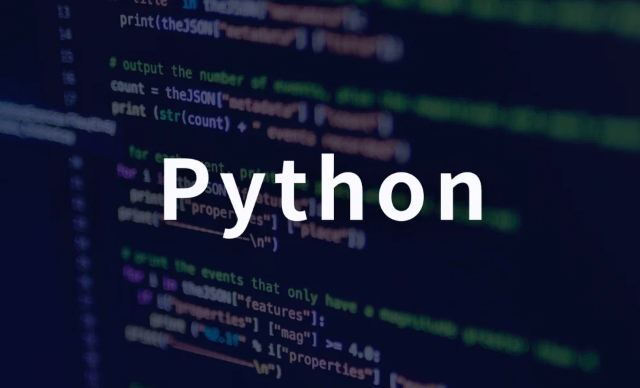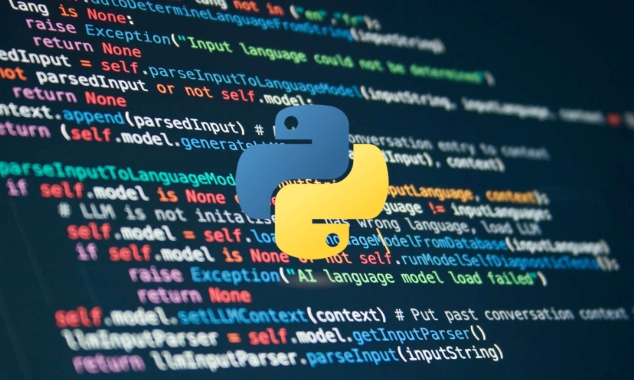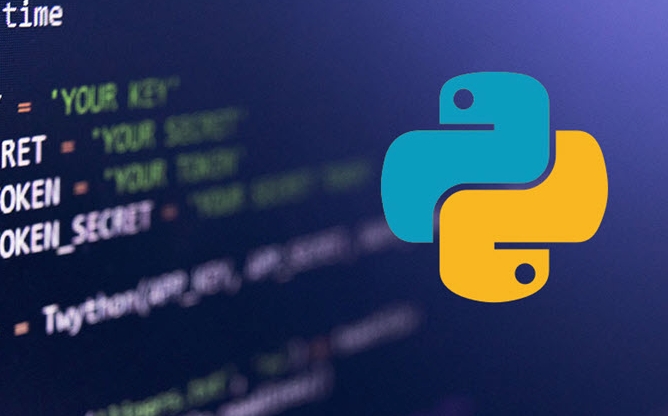如何在Python中同时使用Zip()函数在多个列表上迭代?
使用 zip() 函数可以同时遍历多个列表,1. 它按索引位置将元素配对,返回元组迭代器;2. 循环在最短列表结束时停止;3. 对于长度不同的列表,可使用 itertools.zip_longest() 以填充值包含所有元素;4. zip() 语法简洁高效,适用于并行迭代。

You use the zip() function in Python to iterate over multiple lists (or any iterables) simultaneously by pairing their elements index-wise. It returns an iterator of tuples, where each tuple contains the elements from the input iterables at the same position.

Basic Syntax
zip(list1, list2, list3, ...)
When used in a loop, zip() stops when the shortest input iterable is exhausted.
Example: Iterating Over Two Lists
names = ['Alice', 'Bob', 'Charlie']
ages = [25, 30, 35]
for name, age in zip(names, ages):
print(f'{name} is {age} years old')Output:

Alice is 25 years old Bob is 30 years old Charlie is 35 years old
Example: Iterating Over Three Lists
names = ['Alice', 'Bob', 'Charlie']
ages = [25, 30, 35]
cities = ['New York', 'London', 'Tokyo']
for name, age, city in zip(names, ages, cities):
print(f'{name}, {age}, {city}')Output:
Alice, 25, New York Bob, 30, London Charlie, 35, Tokyo
Handling Lists of Different Lengths
zip() stops at the end of the shortest list:

numbers = [1, 2, 3, 4]
letters = ['a', 'b']
for num, letter in zip(numbers, letters):
print(num, letter)Output:
1 a 2 b
Note: The extra elements in the longer list (
3,4) are ignored.
If You Want to Include All Elements: Use itertools.zip_longest()
from itertools import zip_longest
numbers = [1, 2, 3, 4]
letters = ['a', 'b']
for num, letter in zip_longest(numbers, letters, fillvalue='?'):
print(num, letter)Output:
1 a 2 b 3 ? 4 ?
Summary
- Use
zip()to loop over multiple lists together. - It pairs elements by index.
- Looping stops at the shortest list.
- For unequal lists and full coverage, use
itertools.zip_longest().
Basically, zip() is clean, readable, and efficient for parallel iteration.
以上是如何在Python中同时使用Zip()函数在多个列表上迭代?的详细内容。更多信息请关注PHP中文网其他相关文章!

热AI工具

Undress AI Tool
免费脱衣服图片

Undresser.AI Undress
人工智能驱动的应用程序,用于创建逼真的裸体照片

AI Clothes Remover
用于从照片中去除衣服的在线人工智能工具。

Clothoff.io
AI脱衣机

Video Face Swap
使用我们完全免费的人工智能换脸工具轻松在任何视频中换脸!

热门文章

热工具

记事本++7.3.1
好用且免费的代码编辑器

SublimeText3汉化版
中文版,非常好用

禅工作室 13.0.1
功能强大的PHP集成开发环境

Dreamweaver CS6
视觉化网页开发工具

SublimeText3 Mac版
神级代码编辑软件(SublimeText3)
 如何处理Python中的API身份验证
Jul 13, 2025 am 02:22 AM
如何处理Python中的API身份验证
Jul 13, 2025 am 02:22 AM
处理API认证的关键在于理解并正确使用认证方式。1.APIKey是最简单的认证方式,通常放在请求头或URL参数中;2.BasicAuth使用用户名和密码进行Base64编码传输,适合内部系统;3.OAuth2需先通过client_id和client_secret获取Token,再在请求头中带上BearerToken;4.为应对Token过期,可封装Token管理类自动刷新Token;总之,根据文档选择合适方式,并安全存储密钥信息是关键。
 Python Fastapi教程
Jul 12, 2025 am 02:42 AM
Python Fastapi教程
Jul 12, 2025 am 02:42 AM
要使用Python创建现代高效的API,推荐使用FastAPI;其基于标准Python类型提示,可自动生成文档,性能优越。安装FastAPI和ASGI服务器uvicorn后,即可编写接口代码。通过定义路由、编写处理函数并返回数据,可以快速构建API。FastAPI支持多种HTTP方法,并提供自动生成的SwaggerUI和ReDoc文档系统。URL参数可通过路径定义捕获,查询参数则通过函数参数设置默认值实现。合理使用Pydantic模型有助于提升开发效率和准确性。
 Python函数可变范围
Jul 12, 2025 am 02:49 AM
Python函数可变范围
Jul 12, 2025 am 02:49 AM
在Python中,函数内部定义的变量是局部变量,仅在函数内有效;外部定义的是全局变量,可在任何地方读取。1.局部变量随函数执行结束被销毁;2.函数可访问全局变量但不能直接修改,需用global关键字;3.嵌套函数中若要修改外层函数变量,需使用nonlocal关键字;4.同名变量在不同作用域互不影响;5.修改全局变量时必须声明global,否则会引发UnboundLocalError错误。理解这些规则有助于避免bug并写出更可靠的函数。
 如何用Python测试API
Jul 12, 2025 am 02:47 AM
如何用Python测试API
Jul 12, 2025 am 02:47 AM
要测试API需使用Python的Requests库,步骤为安装库、发送请求、验证响应、设置超时与重试。首先通过pipinstallrequests安装库;接着用requests.get()或requests.post()等方法发送GET或POST请求;然后检查response.status_code和response.json()确保返回结果符合预期;最后可添加timeout参数设置超时时间,并结合retrying库实现自动重试以增强稳定性。
 在Python中访问嵌套的JSON对象
Jul 11, 2025 am 02:36 AM
在Python中访问嵌套的JSON对象
Jul 11, 2025 am 02:36 AM
在Python中访问嵌套JSON对象的方法是先明确结构,再逐层索引。首先确认JSON的层级关系,例如字典嵌套字典或列表;接着使用字典键和列表索引逐层访问,如data"details"["zip"]获取zip编码,data"details"[0]获取第一个爱好;为避免KeyError和IndexError,可用.get()方法设置默认值,或封装函数safe_get实现安全访问;对于复杂结构,可递归查找或使用第三方库如jmespath处理。
 python循环在元组上
Jul 13, 2025 am 02:55 AM
python循环在元组上
Jul 13, 2025 am 02:55 AM
在Python中,用for循环遍历元组的方法包括直接迭代元素、同时获取索引和元素、以及处理嵌套元组。1.直接使用for循环可依次访问每个元素,无需管理索引;2.使用enumerate()可同时获取索引和值,默认索引起始为0,也可指定start参数;3.对嵌套元组可在循环中解包,但需确保子元组结构一致,否则会引发解包错误;此外,元组不可变,循环中不能修改内容,可用\_忽略不需要的值,且建议遍历前检查元组是否为空以避免错误。
 如何在Python中解析大型JSON文件?
Jul 13, 2025 am 01:46 AM
如何在Python中解析大型JSON文件?
Jul 13, 2025 am 01:46 AM
如何在Python中高效处理大型JSON文件?1.使用ijson库流式处理,通过逐项解析避免内存溢出;2.若为JSONLines格式,可逐行读取并用json.loads()处理;3.或先将大文件拆分为小块再分别处理。这些方法有效解决内存限制问题,适用于不同场景。
 Python类可以有多个构造函数吗?
Jul 15, 2025 am 02:54 AM
Python类可以有多个构造函数吗?
Jul 15, 2025 am 02:54 AM
Yes,aPythonclasscanhavemultipleconstructorsthroughalternativetechniques.1.Usedefaultargumentsinthe__init__methodtoallowflexibleinitializationwithvaryingnumbersofparameters.2.Defineclassmethodsasalternativeconstructorsforclearerandscalableobjectcreati







